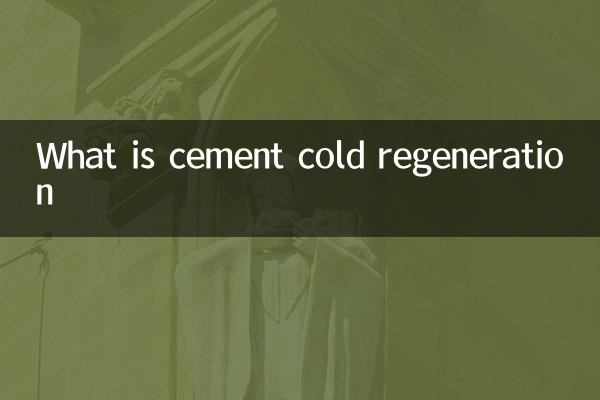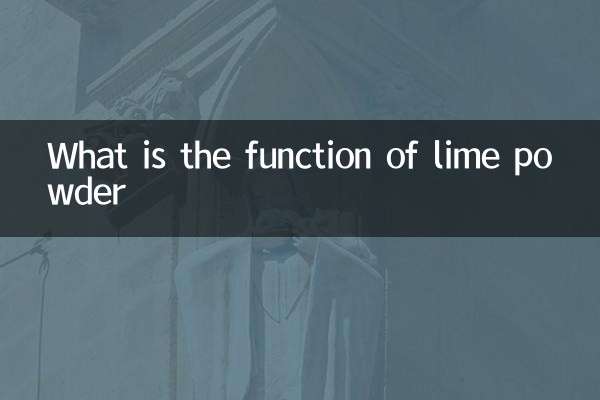What is cement cold regeneration
Cement cold regeneration is an environmentally friendly and economical road maintenance technology. It repaves new road surfaces by recycling old pavement materials and adding cement and other stabilizers. In recent years, with the popularization of environmental protection concepts and the demand for resource conservation, cement cold regeneration technology has attracted widespread attention worldwide. The following is a detailed introduction to cement cold regeneration technology, including its definition, advantages, construction process and related data comparison.
1. Definition of cold cement regeneration

Cold cement regeneration refers to the addition of cement, water and other additives after the old pavement materials (such as asphalt concrete or gravel) are cold milled and crushed, and then cement, water and other additives are added, and the new pavement structural layer is formed after mixing, paving, compacting and other processes. This technology not only reduces the generation of construction waste, but also reduces construction costs. It is a sustainable road maintenance method.
2. Advantages of cold cement regeneration
Cement cold regeneration technology has the following significant advantages:
| Advantages | illustrate |
|---|---|
| Environmental protection and energy saving | Reduce the abandonment of old pavement materials, reduce resource consumption and carbon emissions. |
| Low cost | Make use of old materials to save the procurement and transportation costs of new materials. |
| Fast construction | The cold regeneration process is simple, the construction period is short, and the impact on traffic is small. |
| Good durability | The road surface after cement is stable has high strength and a long service life. |
3. Construction process of cold cement regeneration
The construction process of cold cement regeneration mainly includes the following steps:
| step | content |
|---|---|
| 1. Milling of old pavement | Use a cold mill to break and collect old pavement materials. |
| 2. Material crushing and screening | The milled material is further broken and sieved to ensure uniform particles. |
| 3. Add cement and mix | Add cement, water and other additives in proportion and mix well. |
| 4. Paving and compacting | Spread the mixed materials onto the road surface and compact them with a roller. |
| 5. Health preservation and open transportation | After a certain period of health preservation, traffic can be opened if the road surface reaches the design intensity. |
4. Comparison between cold cement regeneration and traditional technology
The following is the comparative data of cement cold regeneration and traditional pavement maintenance processes:
| Comparison items | Cold cement regeneration | Traditional craftsmanship |
|---|---|---|
| Material Utilization | More than 90% | 50%-70% |
| Construction cycle | Shorten 30%-50% | Longer |
| cost | Reduce 20%-40% | Higher |
| Environmental protection | high | Low |
5. Application prospects of cold cement regeneration
With the global emphasis on sustainable development and green construction, cement cold regeneration technology has broad application prospects in the field of road construction. At present, this technology has been widely used in developed countries such as Europe, America, Japan, and has been gradually promoted in emerging markets such as China and India. In the future, with further optimization of technology and policy support, cement cold regeneration will become one of the mainstream technologies in road maintenance.
Conclusion
Cement cold regeneration technology is changing the traditional road maintenance model with its environmentally friendly, economical and efficient characteristics. By recycling old materials, not only reduce resource waste, but also reduce construction costs and environmental impact. In the future, with the continuous improvement of technology, cement cold regeneration will play a greater role globally and contribute to sustainable development.

check the details

check the details